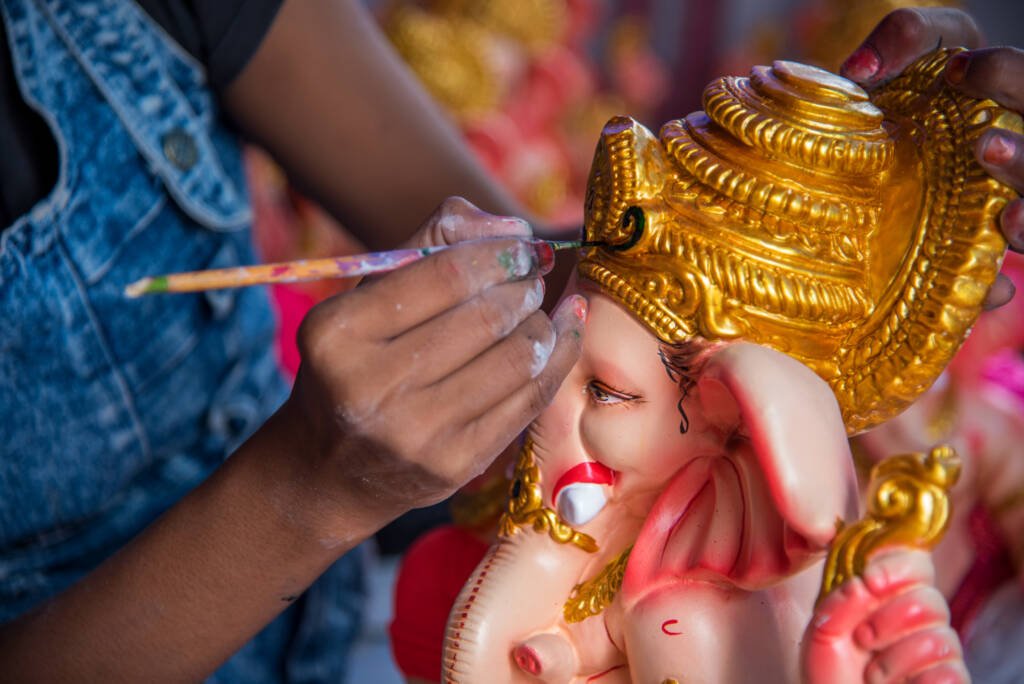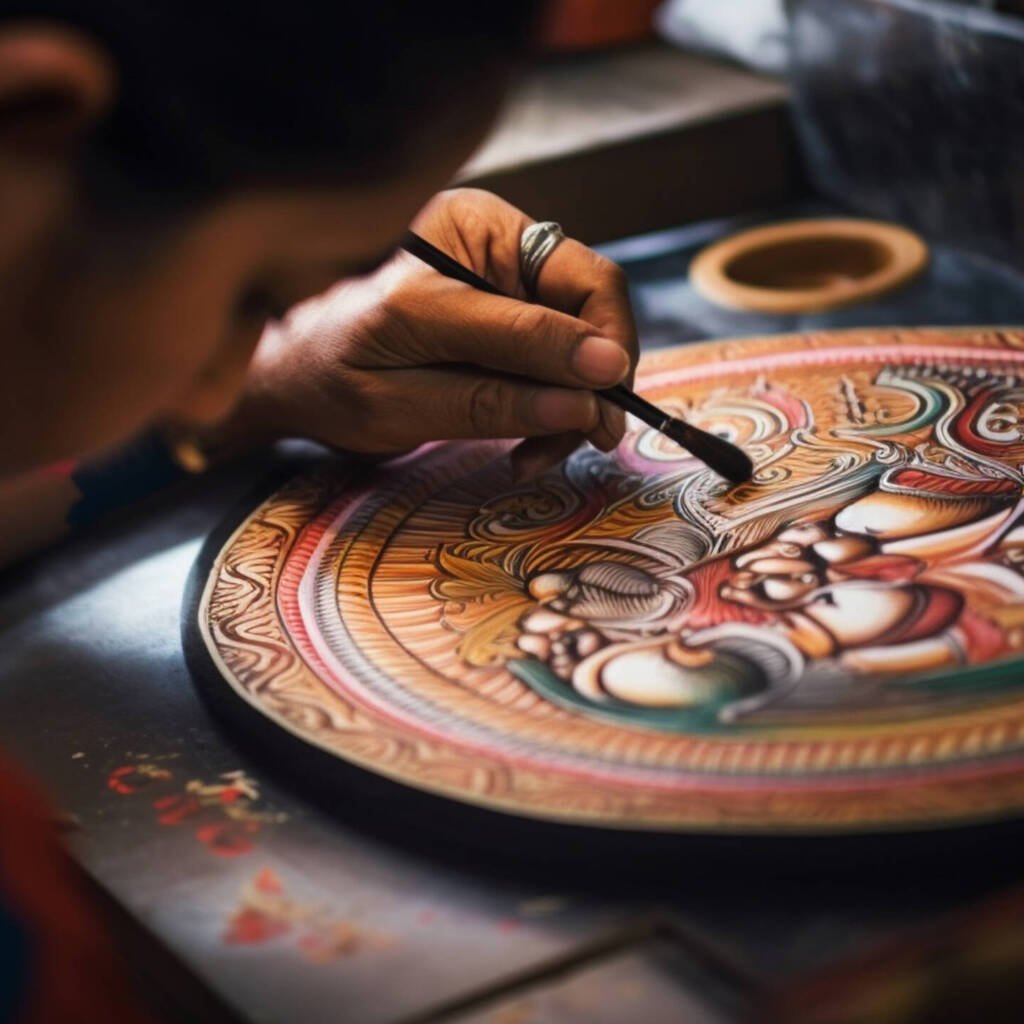Indian Crafts and the NEP 2020: Opportunities for Integration
There’s a certain rhythm in the way a chisel kisses wood, the way fingers gently coil clay, or how a needle dances through fabric. It’s a rhythm older than textbooks and classrooms—a rhythm passed down not on chalkboards, but in courtyards, village workshops, and under banyan trees. It is here, in the living, breathing world of Indian crafts, that the heartbeat of our heritage thrives. And now, with the National Education Policy (NEP) 2020 casting a fresh vision for Indian education, we find ourselves at a beautiful intersection: where tradition can walk hand in hand with transformation.
Threads of Timeless Tradition
India’s crafts are not merely objects of beauty—they are vessels of identity, memory, and meaning. Each thread in a Kantha quilt tells of a grandmother’s lullaby. Each stroke in a Madhubani painting speaks of nature worship, seasonal change, and divine stories whispered across generations. The toys of Channapatna are not just playthings; they are echoes of ancient, eco-conscious craftsmanship. These are not inert artefacts. They are languages—rich in metaphor, rooted in region, soaked in soul.


NEP 2020: A Gateway to Reviving the Handcrafted Soul
For far too long, our education system reduced knowledge to marks, and creativity to a period once a week. But NEP 2020 changes the narrative. It calls for experiential, holistic, and multidisciplinary learning—where the hands are not idle, and the heart is not left behind.
Here lies an extraordinary opportunity: to bring India’s crafts into the classroom not just as “activities,” but as pedagogical tools. Imagine children learning geometry through rangoli patterns, environmental science through sustainable handloom practices, or storytelling through shadow puppetry. Imagine artisans entering classrooms not as guests, but as gurus—keepers of wisdom that textbooks cannot contain.
Where Clay Meets Curriculum
Craft-based learning is not about turning every student into a weaver or potter. It is about awakening their senses—encouraging problem-solving, motor skills, cultural appreciation, and aesthetic sensibility. A child who molds clay begins to understand the science of matter, the philosophy of form, and the joy of creation. A student who learns tie-dye isn’t just playing with color—they’re learning chemistry, patience, and design thinking, all at once.
Craft also nurtures a deep connection to nature—an urgent need in today’s digital-heavy world. Through handwork, children begin to respect the materials they use: the earth that gives clay, the tree that gives wood, the hands that weave threads into fabric. It’s mindfulness made tangible.
Reviving Dignity, Preserving Legacy
Integrating crafts in education does something else—it restores dignity to the craftspeople of India. It tells our children that these are not “poor people’s work” but masterful legacies, worthy of admiration and continuation. It offers a new generation the chance to appreciate, revive, and perhaps even reinvent traditions that are fading with time.
An Invitation to Rediscover Our Roots
As educators, parents, and policymakers, we now stand at a threshold. NEP 2020 invites us to redesign not just curriculum, but consciousness. The integration of Indian crafts in education is not an extracurricular idea—it is a cultural necessity. It roots learning in our own soil, in our own stories.
Let our classrooms smell of wood shavings and fresh paint. Let our students get their hands dirty with soil and dye. Let them learn not just about India—but from India. For in the hand-woven, hand-painted, hand-carved wonders of our crafts, lie lessons of patience, community, sustainability, and beauty.
And perhaps, just perhaps, in reviving these traditions in schools, we might not only educate children—but heal a culture.



